(250KW at 1500rpm, 263KW at 1800rpm, meets ISO 3046 application standard)
NOTE: Locations can vary, depending on the engine model.
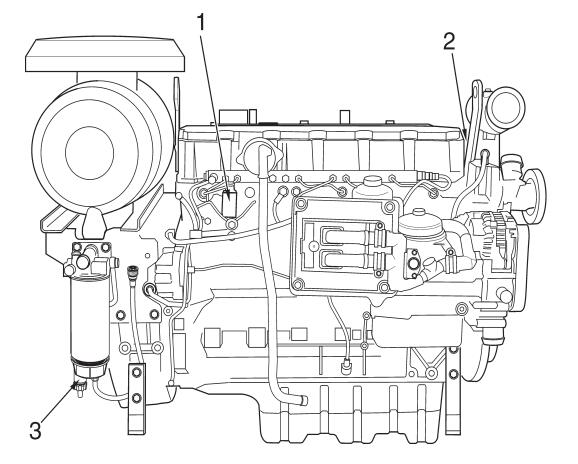
1. Solenoid proportional valve, high pres-sure pump – fuel (MPROP)
2. Coolant temperature
3. Water in fuel (mounted on primary fuel filter).
4. Charge air pressure and temperature
5. Pre-heating, inlet air
6. Fuel pressure, in Common Rail
7. Fuel pressure
8. Oil pressure sensor
9. Main relay
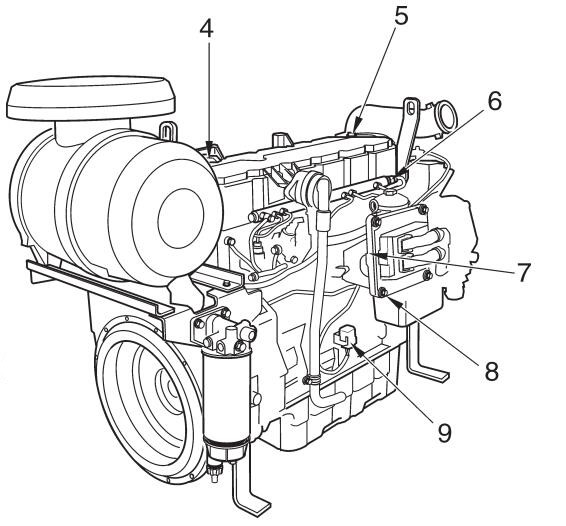
10. Speed sensor, flywheel
11. Speed sensor, camshaft
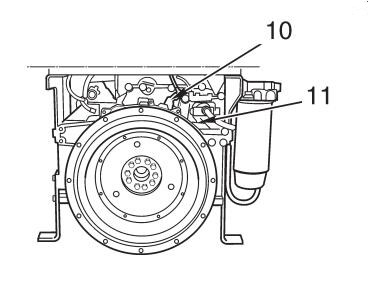
Power supply 24 V
The positive and negative cables from the batteries must be connected to the starter motor terminals.
The battery positive cable shall be connected via a main switch to terminal 30 on the starter motor.
The battery negative cable shall be connected directly to terminal 31 on the starter motor.
Battery specification
Max. battery 2x220 Ah (connected in series).
Battery charging
The standard connection for all engines is that the batteries are supplied with power from the alternator.
Battery cable cross-sectional area
The total length (L) of the positive and negative cables determines the cross-sectional area (A). NOTE: Due to the risk of fire, the total cable cross-sectional area shall not be less than 70 mm2.
Max L (m) | 4 | 5 | 6.5 |
Min A (mm2) | 70 | 95 | 120 |
Max. 2x220 Ah (connected in series)
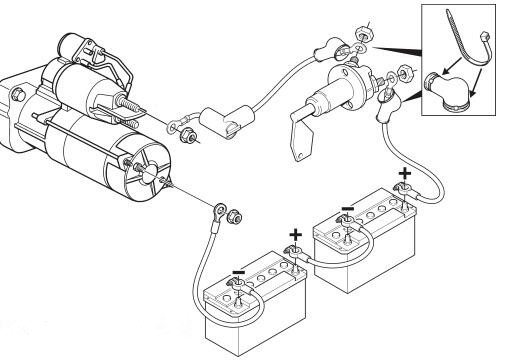
If you are interested in wiring diagram EMS 2, engine cable harness & wiring diagram, CIU Cable colors, please contact us.
Wiring diagram DCU
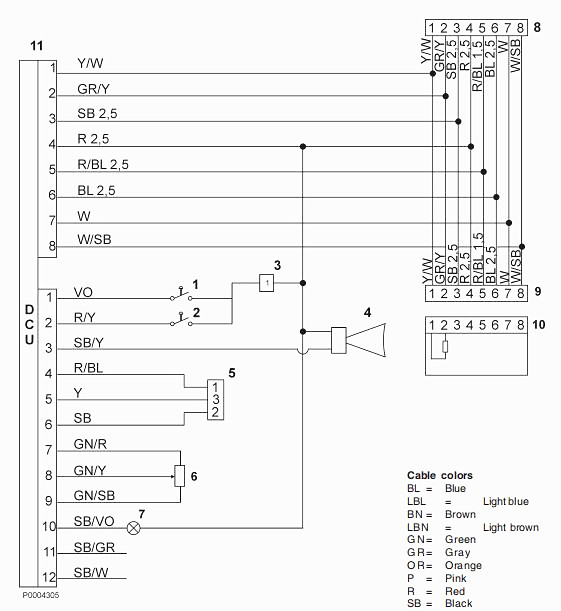
Cable cross section = 0.75 mm2 unless otherwise stated.
1. Stop switch
2. Start switch
3. 1-pin connector block
4. Horn, buzzer alarm
5. Easy Link connector block
6. RPM-potentiometer
7. Indicator engine operation
8. 8-pin connector engine interface
9. 8-pin connector engine interface
10. Termination resistance 120 Ohm
11. Display Control Unit (DCU)
CIU
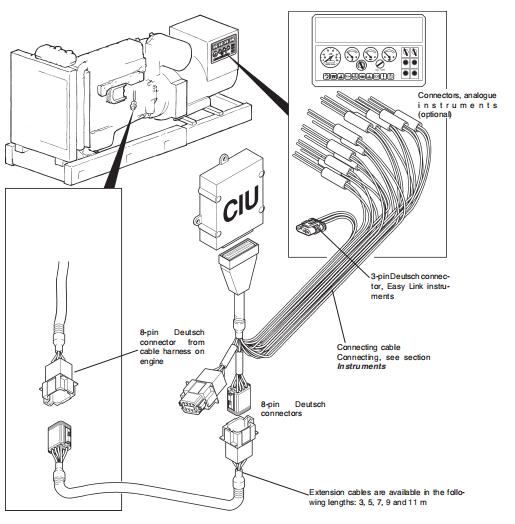
General
The installation must be well prerared and performed with great care.
Secure the connecting cable between motor and instrument panel with clamps. Remember that the strain on the coupling pieces must be relieved so that they are not subjected to any pull.
Cables must not be run too close to hot components on the engine or close to any other source of heat. Make sure that it is protected from mechanical wear, sharp edges and water splashes. If necessary, run the cable through protective conduits.
Avoid making joints in the system as far as possible. Cables and any joints must be accessible for inspection and service.
NOTE! The connectors must be installed “dry”, they must not be packed with Vaseline etc.
Connecting the CIU
Engine control
See wiring diagram.
NO = Normally open NC = Normally closed
Ignition key (system voltage OFF/ON)
NOTE! Start current for the engine’s system voltage (the control module) is 10 A. Make sure that other components in the installation are dimensioned for this current.
Start contact
Contact type, closing (NO), spring biased.
Stop contact
Contact type, closing (NO), spring biased. Via parameter setting, it can become energized during operation. In that case, use contact type closed (NC).
RPM-potentiometer
Nominal rpm minus 120 rpm: 0.3–1.9 V (preset value 1.17 V)
Nominal rpm plus 120 rpm: 1.9–4.7 V (preset value 4.5 V)
1500 / 1800 rpm contact
This function allows a change of frequency from 50 to 60 Hz.
Contact type two position.
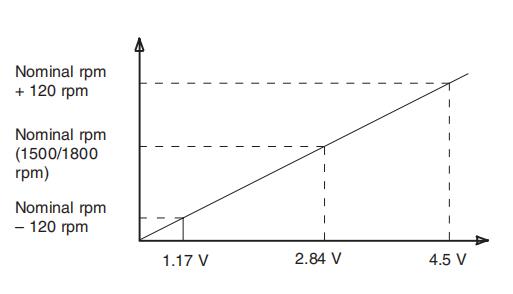
Idle contact
Contact type two position.
Closed contact provides idling speed (900 rpm).
Speed droop contact
The contact must be closed to obtain speed droop. Contact type two position.
Governor contact
Contact type two position.
Preheat contact
Contact type two position.
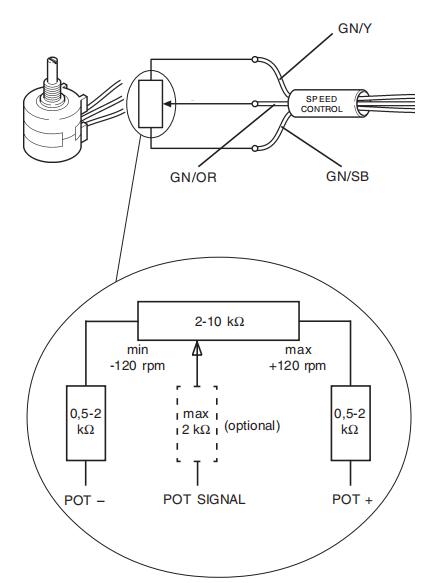
Warning and indication lamps
The warning and indication lamps listed below are av-ailable. Specs for all lamps:
Max. load 3 W
Voltage 24 V
See Electrical diagram CIU
• Alarm, low oil pressure
• Alarm, high oil temperature
• Alarm, high coolant temperature
• Alarm, low coolant level
• Alarm, fuel level
• Alarm, battery voltage
• Overspeed indication
• Operation indicator
• Diagnostic lamp
• Preheating indication
Instruments, Easy Link (optional)
For parallel connection of up to 20 extra VDO-instruments.
The instruments automatically find their respective parameter group in the data bus. Max length of Easy-Link wiring is 3 m (10 ft).
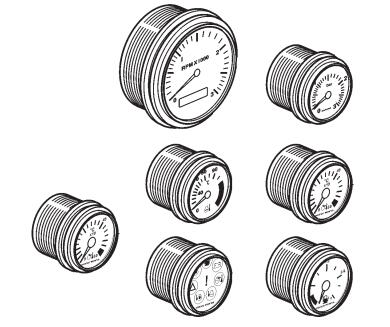
The following instruments are available:
- Tachometer/operating hours
- Coolant temp
- Oil pressure
- Oil temp
- Battery voltage
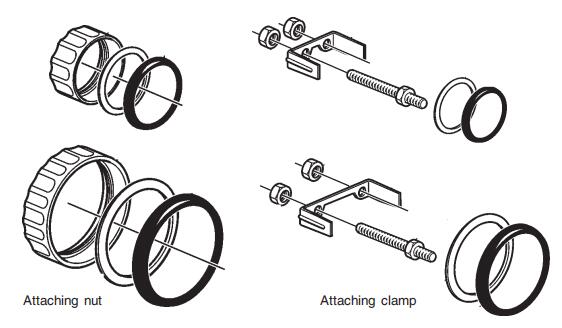
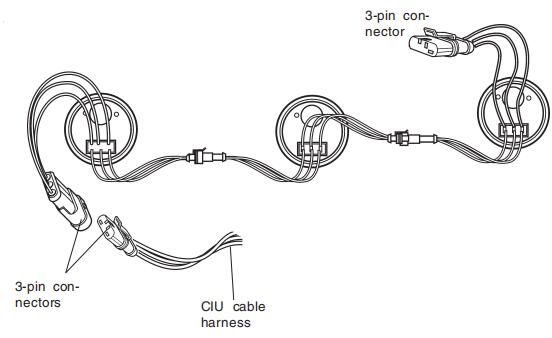
Instruments, analogue (optional)
Tachometer
Use Volvo Penta universal tachometer, graduated 0–2600 rpm.
Set code 14.
Oil pressure instrument
Use Volvo Penta oil pressure instrument, graduated 0–10 bar (0–145 psi).
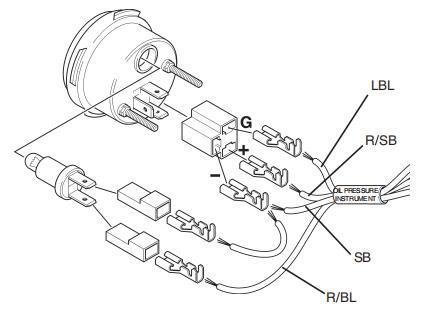
Oil temperature instrument
Use Volvo Penta oil temperature instrument, gradua-ted 40–150°C (104–302°F).
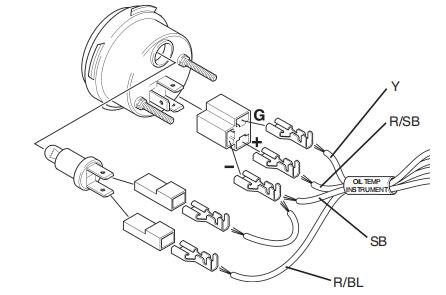
Coolant temperature instrument
Use Volvo Penta oil temperature instrument, gradua-ted 40–150°C (104–302°F).
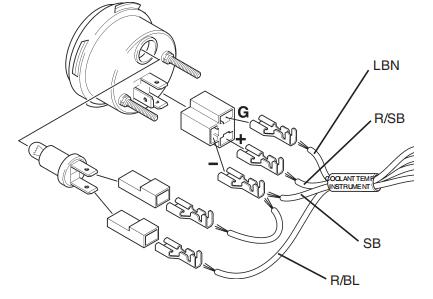
Diagnostic connector
Contact type, closing (NO), spring biased.
For reading of fault codes, see chapter Fault tracing.
Preheating contact
Contact type, closing (NO), spring biased. This contact will activate the pre-heating.
Synchronization/load distribution
The system has been adapted to GAC synchronization and load distribution system. When connecting this system, use interface module EAM122. The voltage levels must simultaneously be adjusted using the VODIA tool, as shown below, when this system is used.
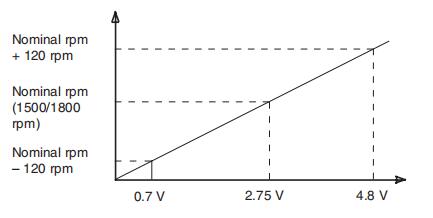
NOTE! The interface module EAM122 is not sold by Volvo Penta. Contact the local representative for GAC (Governors of America Corporation).
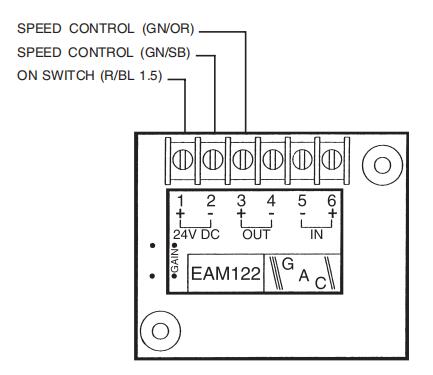
DCU
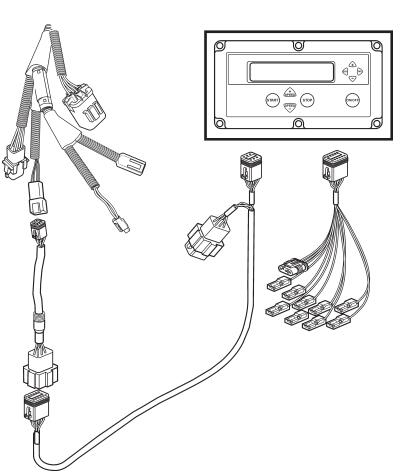
General
Installation must be planned very carefully and performed with great care.
Fix the connecting cable between the engine and instrument panel with clamps. Make sure there is no mechanical load placed on the connector block, it must not be subjected to pulling strains.
The cables shall not be drawn close to hot components on the engine or close to any other heat source. Ensure that the cables are protected from mechanical wear, sharp edges and water splashes. If necessary, the cables can be feed through conduits.
Avoid having to make splices in the system wiring, if at all possible. The cables and any splices must be accessible for inspection and service.
NOTE: Connectors must be assembled “dry”, they shall not be filled with Vaseline or similar.
DCU (Display Control Unit)
The DCU is connected via the 8-pin data bus connector block. Refer to “Wiring diagram DCU”.
Starter switch
Switch type: closing (NO), spring loaded.
Stop switch
Switch type: closing (NO), spring loaded.
Easy Link
For parallel connection of up to 20 extra VDO instruments. The meters will automatically find their own parameter group from the data bus. Maximum length of Easy Link cables is 3 m.
The following meters are available:
- Tachometer/operating hours
- Coolant temperature
- Oil pressure
- Oil temperature
- Battery voltage
- Charge pressure
- Alarm panel
Warning and tell-tale lamps
Engine running indicator
Max. power ........................................................ 3 W
Voltage ............................................................. 24 V
RPM-potentiometer
Max. potentiometer value: 0-10 V (preset value 9 V)
Min. potentiometer value 0-10 V (preset value 1 V)
The signal can be inverted, refer to diagram below.
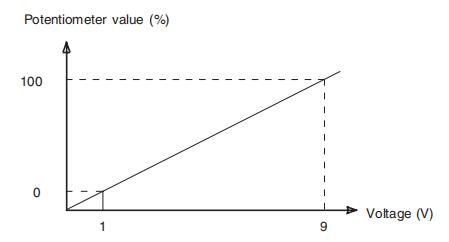
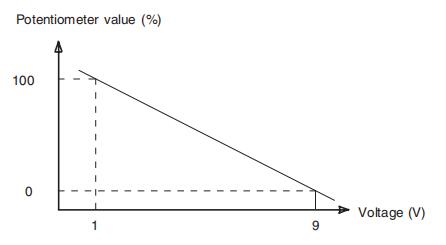
Copyright © Guangxi Dingbo Generator Set Manufacturing Co., Ltd. All Rights Reserved | Sitemap
Update cookies preferences